Walking is considered an ideal form of exercise for weight loss because it is gentle, accessible and suitable for most people, regardless of fitness level.
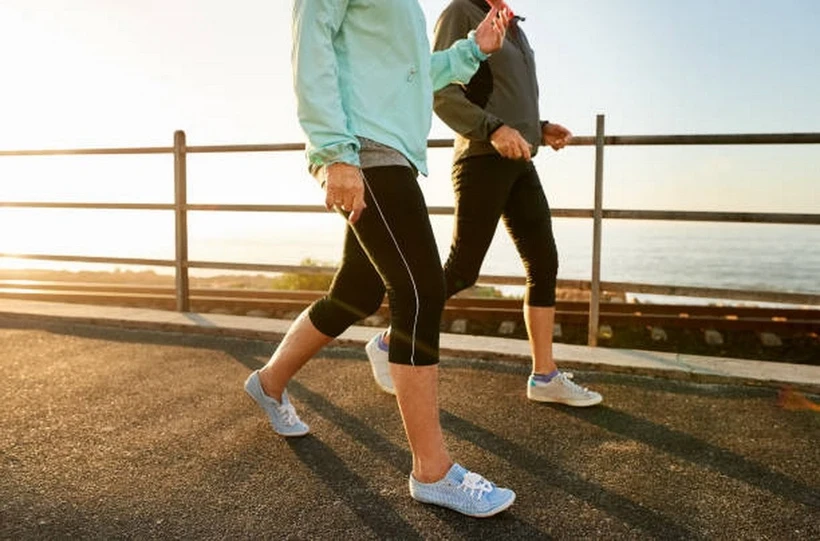
Weight loss has become a familiar and popular goal for many people in modern society, where busy lifestyles and sedentary habits are increasingly common.
Among the methods to support this process, walking is a simple, safe and low-risk option that improves overall health without requiring complex techniques or much investment.
However, a frequently debated issue is whether walking on an empty stomach, i.e. in a fasting state, or walking after a meal is more effective for weight loss goals?
The answer to this question cannot be summed up in a single conclusion, as it depends on a number of different factors. These factors include the specific goals each person has when it comes to losing weight, their individual health and fitness status, the time of day they exercise (e.g. morning or evening), and the level of intensity they apply during their workouts.
Understanding and considering these factors is essential to determining the most appropriate walking method to optimize weight loss and ensure long-term health maintenance.
Walking is considered an ideal form of exercise for weight loss because it is gentle, accessible and suitable for most people, regardless of fitness level. It is an exercise that burns energy without putting undue stress on the joints, thereby reducing the risk of injury compared to more intense physical activities. Brisk walking not only helps burn calories effectively but also contributes to improving metabolism and cardiovascular health, two key factors in weight control.
In the modern context, the concept of “micro-walking” is gaining more and more attention. This method encourages standing up and walking for short, frequent periods, for example after every 20-30 minutes of continuous work at a desk. This habit not only protects the health of the skeletal and muscular system, but also helps maintain a stable overall metabolism.
Walking enthusiasts often get creative with different methods to challenge their bodies. For example, walking backwards is considered a way to increase both physical and mental strength while also supporting weight loss more effectively. Additionally, increasing your speed or adopting a brisk walking style are useful strategies to promote optimal energy expenditure and reduce belly fat.
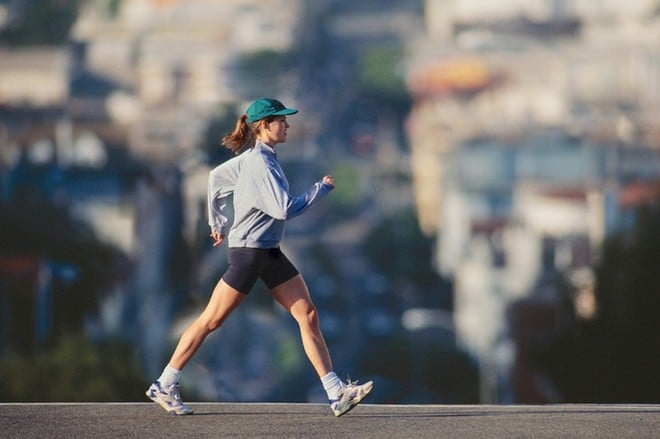
2. Walk on an empty stomach
Walking on an empty stomach allows you to burn more fat because it can increase fat oxidation. When you walk early in the morning, it can help boost your metabolism, which helps you lose weight.
So what are the advantages and disadvantages of walking on an empty stomach?
Advantage:
- Increase fat burning: When you're hungry, your body tends to use stored fat for energy because your blood sugar and insulin levels are low. Some studies have shown that exercising in a fasted state can increase fat burning, especially in the morning.
- Promote metabolism: Gentle exercise on an empty stomach can stimulate the body to metabolize better during the day.
Limit:
- Risk of hypoglycemia: Walking on an empty stomach can make some people feel dizzy and tired, especially those with a history of low blood pressure or diabetes.
- Low performance: When lacking energy, exercise effectiveness can decrease, the practitioner can easily give up early or walk at too light an intensity, not enough to have a clear weight loss effect.
3. Walk after meals
Walking after meals not only aids digestion, but also helps prevent blood sugar spikes, which can help with acid reflux or bloating.
Here are the pros and cons of walking after meals:
Advantage:
- Supports digestion and blood sugar control: Many studies show that taking a light walk after eating (especially after dinner) helps reduce sudden increases in blood sugar, reduces the risk of fat storage and improves digestive function.
- Energy stability: After eating, the body has enough energy to do light exercise without worrying about fatigue or low blood pressure.
Limit:
- Do not exercise vigorously immediately after eating: Walking right after a full meal, especially strenuous exercise, can cause indigestion, bloating or stomach pain.
- The fat burning effect is not as strong as when on an empty stomach: Because the body prioritizes burning calories from the food it has just consumed, it is less likely to use stored fat.

4. Which method should I choose to lose weight effectively?
Both methods are beneficial for weight loss, but with different goals and conditions:
- If you have time in the morning, are in good health, do not have low blood pressure or a weak stomach: Walking on an empty stomach (before breakfast) can help speed up fat burning and aid in weight loss. However, limit yourself to light walking (20-30 minutes), and avoid walking too long or too fast.
- If you get tired easily when hungry, want to control blood sugar and good for digestion: Walking lightly after meals for 15-30 minutes, especially after dinner, will bring more stable effects, help reduce fat accumulation and improve metabolic function.
There is no absolute best method, the important thing is to suit your physical condition and maintain it regularly. If you can combine both methods - light walking after dinner and occasional morning exercise on an empty stomach, it will help optimize the weight loss process and improve overall health./.
Source: https://baolangson.vn/di-bo-khi-bung-doi-hay-sau-bua-an-se-giup-giam-can-hieu-qua-hon-5051065.html


![[Photo] General Secretary To Lam meets with the Group of Young National Assembly Deputies](https://vphoto.vietnam.vn/thumb/1200x675/vietnam/resource/IMAGE/2025/6/24/618b5c3b8c92431686f2217f61dbf4f6)



![[Photo] Close-up of modernized Thu Thiem, connecting new life with District 1](https://vphoto.vietnam.vn/thumb/1200x675/vietnam/resource/IMAGE/2025/6/24/d360fb27c6924b0087bf4f288c24b2f2)
![[Photo] The 9th Party Congress of the National Political Publishing House Truth](https://vphoto.vietnam.vn/thumb/1200x675/vietnam/resource/IMAGE/2025/6/24/ade0561f18954dd1a6a491bdadfa84f1)


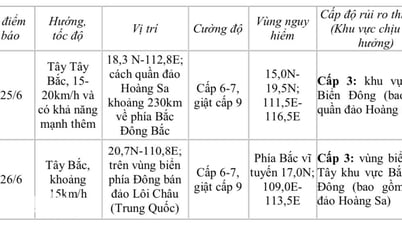












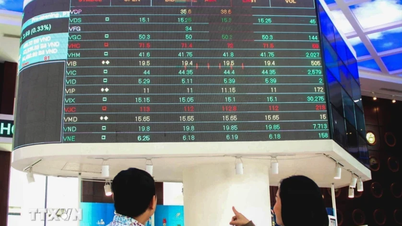





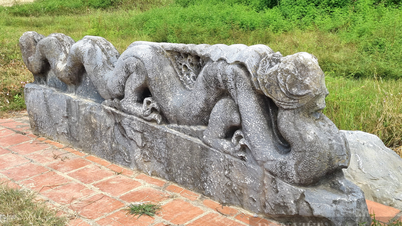


































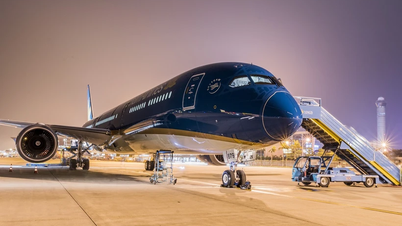


















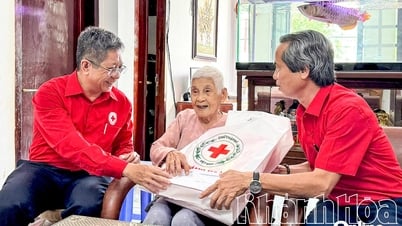




















Comment (0)